Bienvenidos Queridos Lectores
Welcome Dear Readers
I have already told you that we have recently adopted at home the habit of trying to prepare at weekends, the girls' favorite foods or try new recipes. .
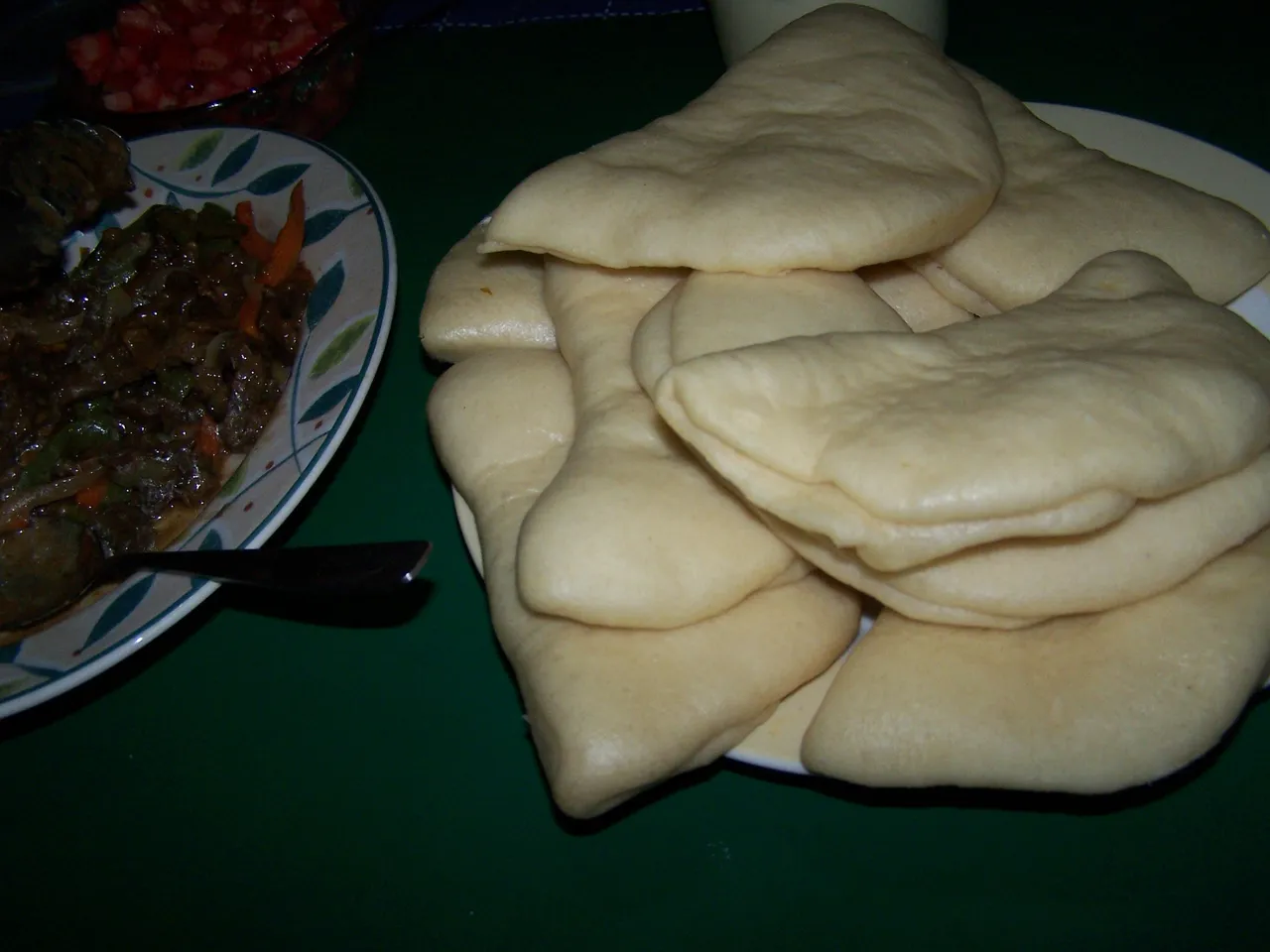

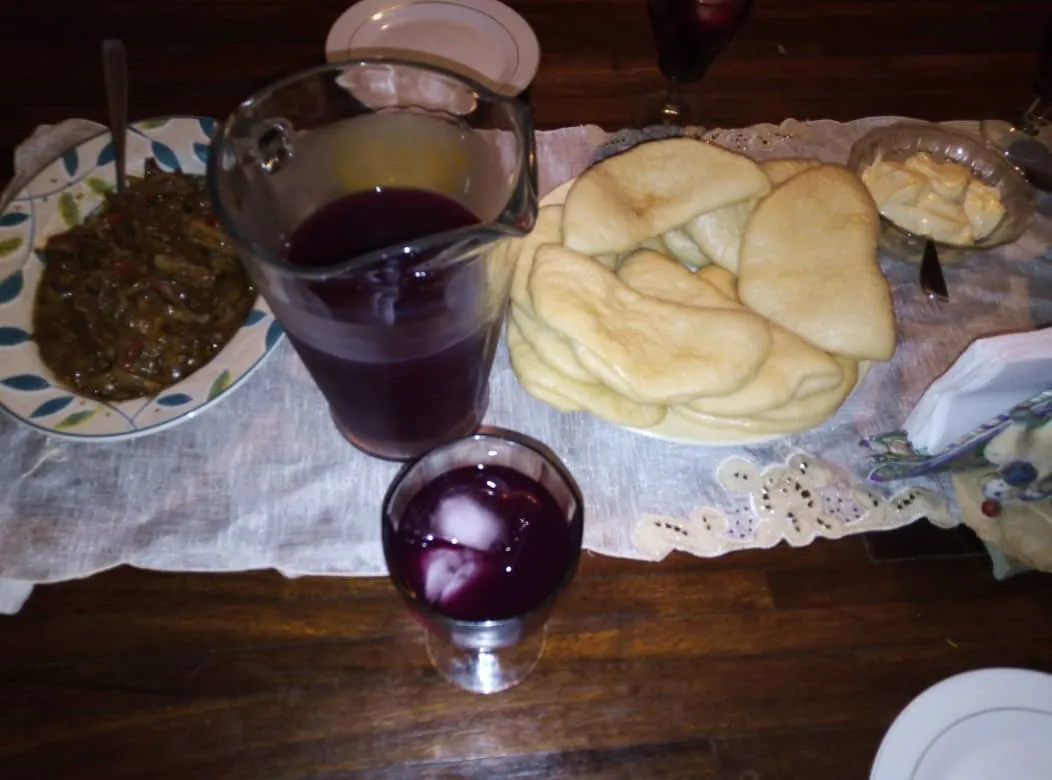

En esta ocasión les compartiré una nueva receta que encontró mi esposo en internet, y que decidimos poner en práctica. Se trata de unos peculiares panecillos de origen asiático, que se cocinan al vapor y se llaman “Pan Bao”.
On this occasion I will share with you a new recipe that my husband found on the Internet, and that we decided to put into practice. It is about some peculiar rolls of Asian origin, which are steamed and called "Pan Bao".

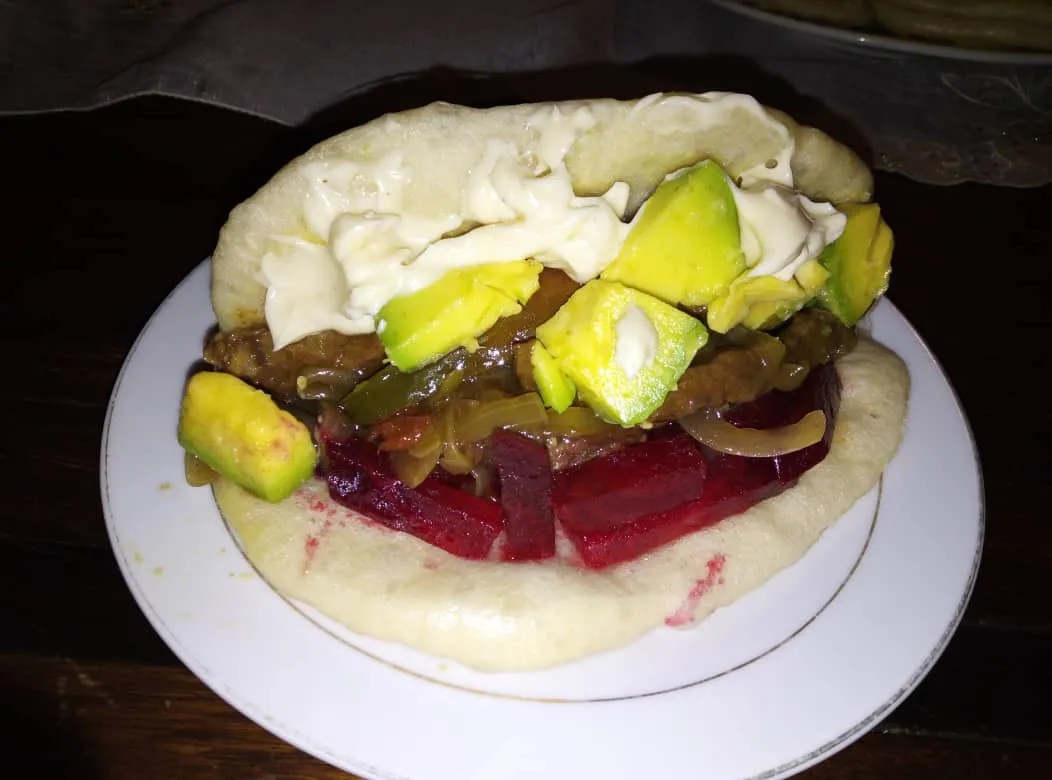

Tienen una textura poco común, pero son realmente ricos y esponjosos, además su peculiar forma permite que se le rellene con lo que usted quieras. En nuestro caso lo rellenamos con unas fajitas de carne y vegetales, pero hoy solo les explicare como hacer los panes. Iniciaremos con los ingredientes.
They have an unusual texture, but they are really rich and fluffy, besides their peculiar shape allows you to fill them with whatever you want. In our case we fill it with some meat and vegetable fajitas, but today I will only explain how to make the breads. We will start with the ingredients.

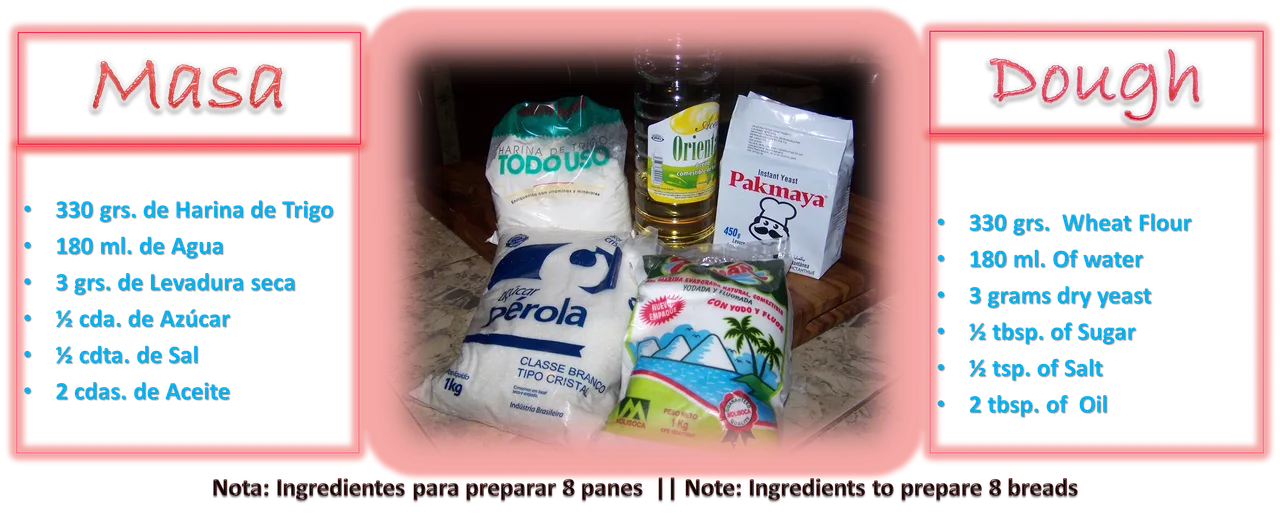

Paso 1: Preparación del fermento
Lo primero que se debe preparar es la levadura, ya que, es necesario que se deje que se active, para ello mezclamos en medio vaso de agua tibia, 3 grs de levadura seca y una cucharada de azúcar, se debe esperar a que se formarme bastante espumita, cuando ha doblado su volumen, ya estará lista.
Step 1: Preparation of the ferment
The first thing that must be prepared is the yeast, because, it is necessary to let it be activated, for it we mixed in half glass of warm water, 3 grs of dry yeast and a spoonful of sugar, it is necessary to wait until it forms enough foam, when it has doubled its volume, it will be ready.

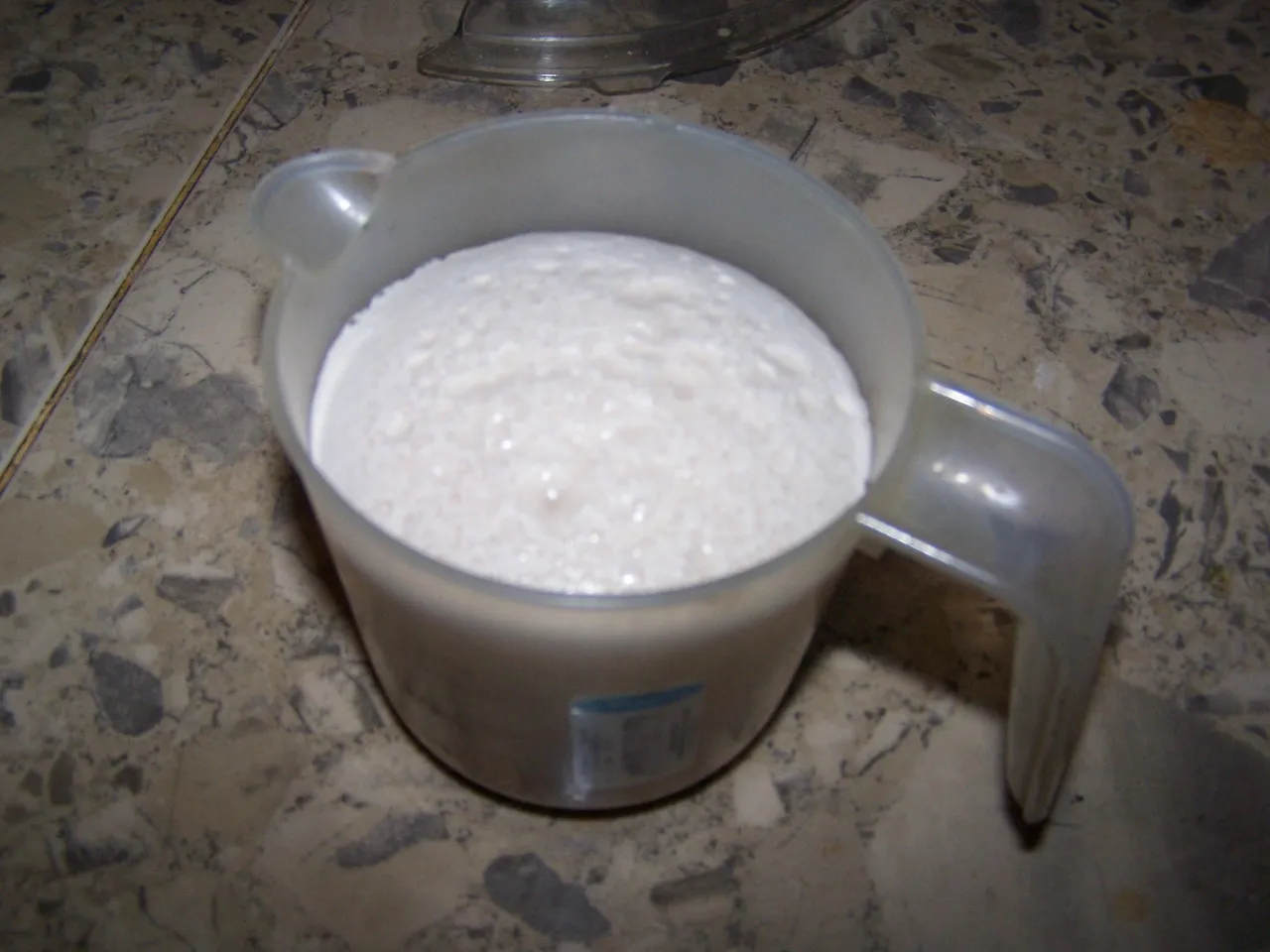

Paso 2:
Lo siguiente, es colocar todos los ingredientes secos en la batidora y de apoco se le agrega los húmedos y la levadura ya fermentada, se deja batir hasta que todos los ingredientes se integren muy bien.
Step 2:
The next step is to place all the dry ingredients in the mixer and then add the wet ingredients and the already fermented yeast.



Paso 3:
Cuando la masa está homogénea, se saca del bol de la batidora, si usted ve que está muy húmeda o pegajosa le agrega poco a poco harina de trigo hasta que seque. Luego se hace una bolita y se colocar nuevamente en el bol, pero antes coloque un poco de harina en el fondo para que no se pegue. Se tapa con un paño de cocina y se deja levar hasta que duplique su tamaño.
Step 3:
When the dough is homogeneous, take it out of the bowl of the mixer. If you see that it is very wet or sticky, add wheat flour little by little until it dries. Then make a little ball and put it back in the bowl, but first put some flour in the bottom so that it doesn't stick. Cover it with a kitchen cloth and let it rise until it doubles in size.

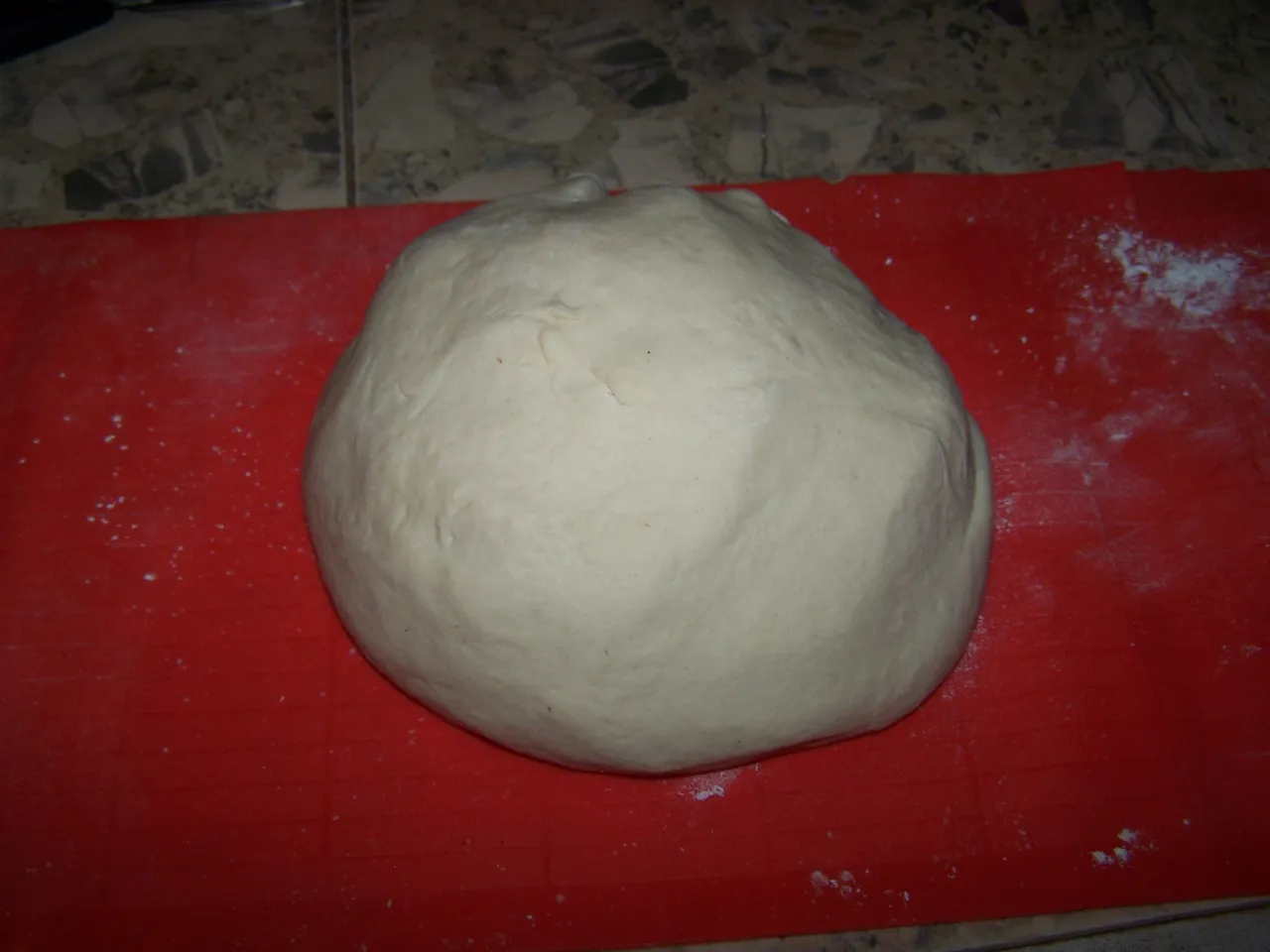

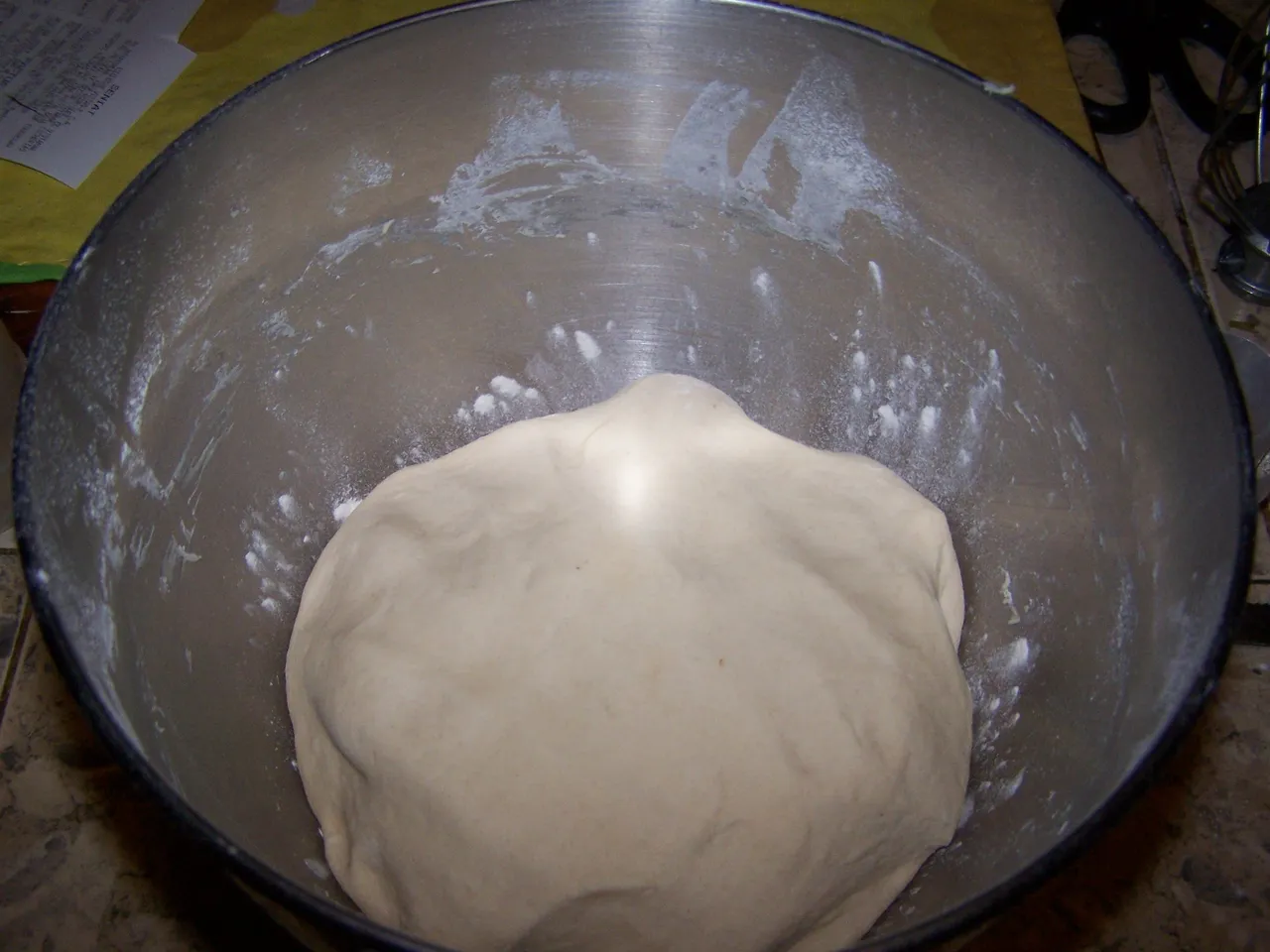

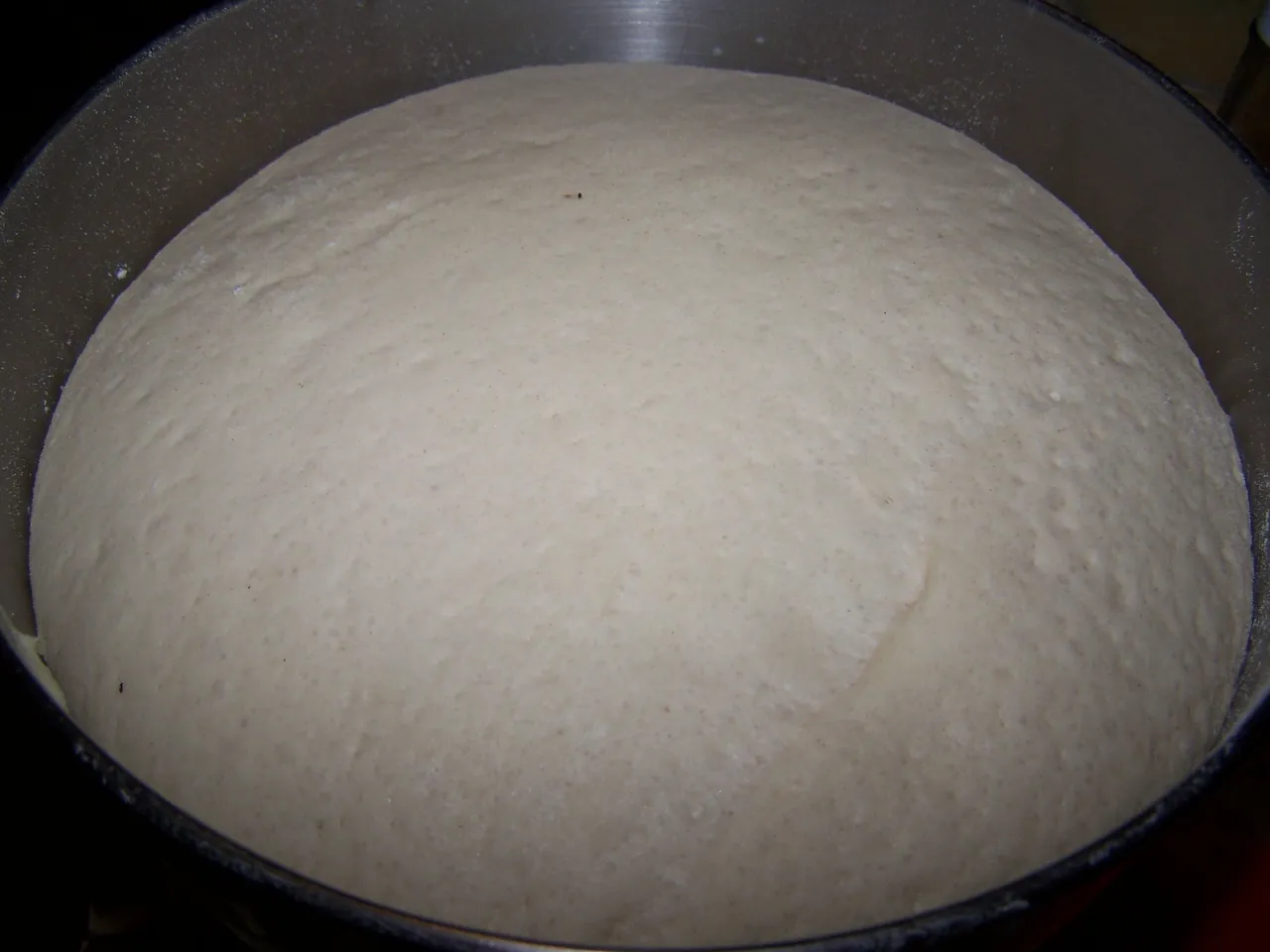

Paso 4:
Cuando la masa ha duplicado su volumen se saca y separa en ocho porciones iguales, se reservan siempre tapadas con un pañito.
Step 4:
When the dough has doubled in volume, it is taken out and separated into eight equal portions.

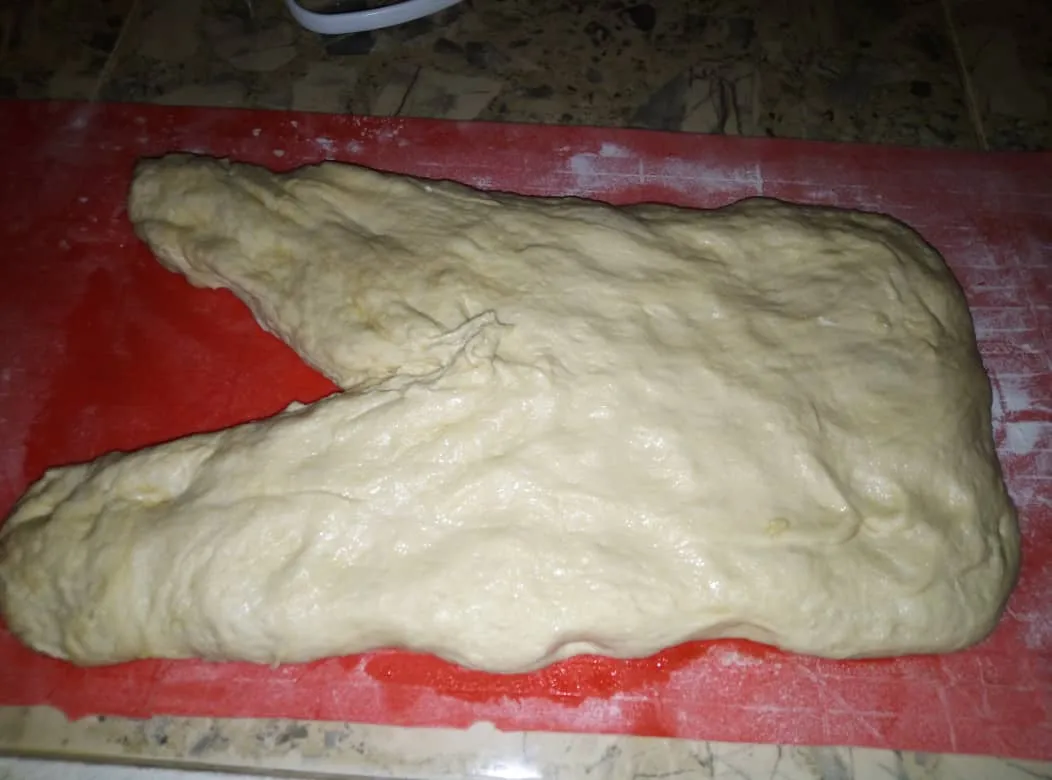

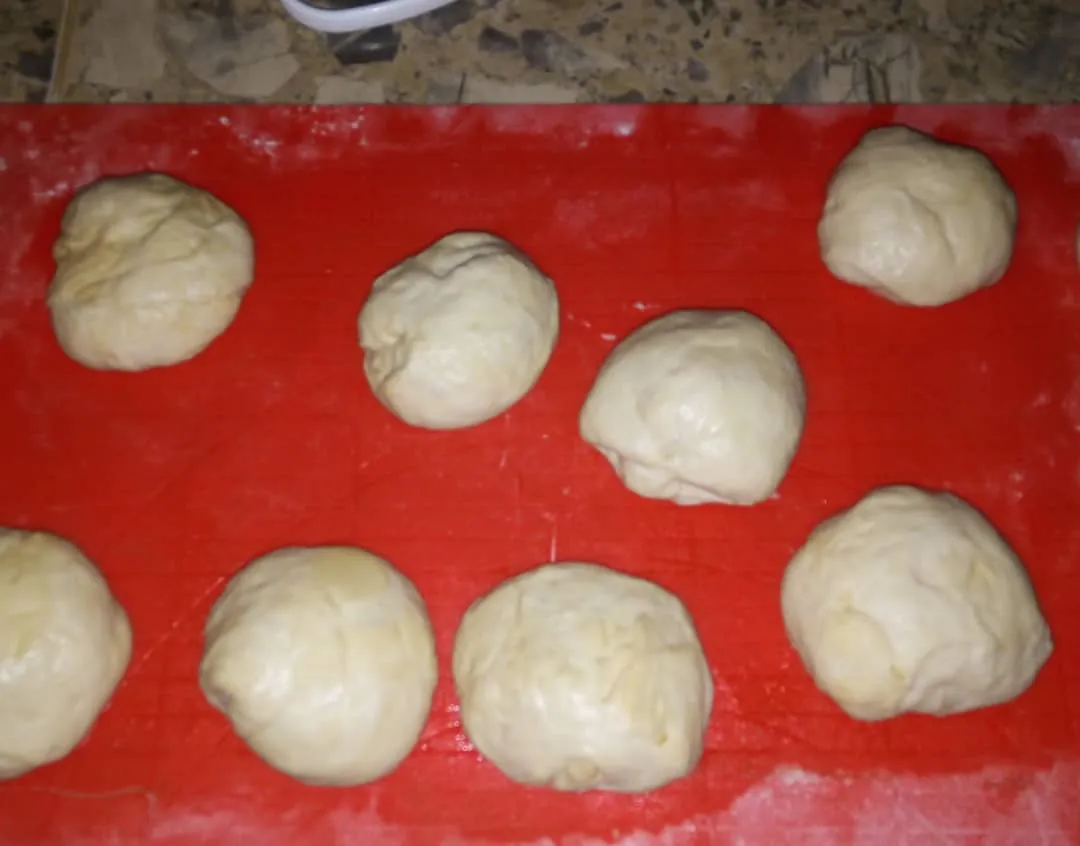

Paso 5:
Después vamos tomando cada bolita y con el rodillo la estiramos dándole forma de disco, seguidamente, utilizamos una brochita para barnizar con aceite, para luego doblarlo por la mitad y aplanamos nuevamente un poco con el rodillo. Se van reservando en una bandeja o superficie enharinada, tapándolos con un paño.
Step 5:
Then we take each ball and with the roller we stretch it giving it the shape of a disk, then we use a brush to varnish with oil, then fold it in half and flatten it again a little with the roller. They are reserved in a tray or floured surface, covering them with a cloth.



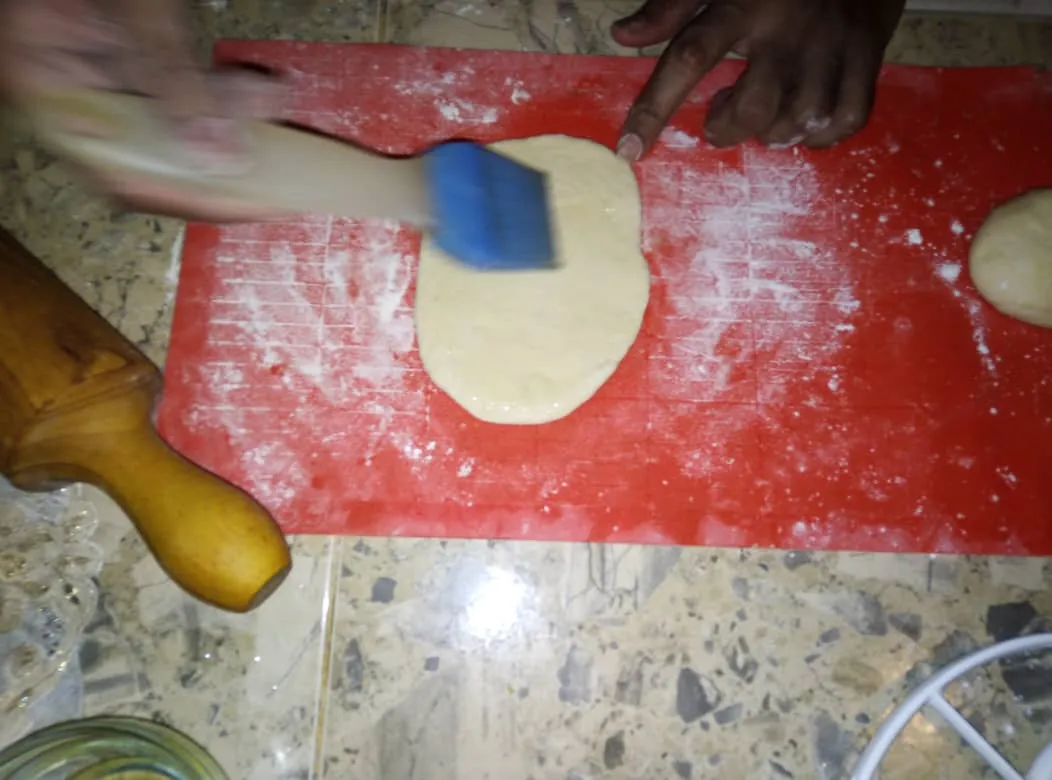



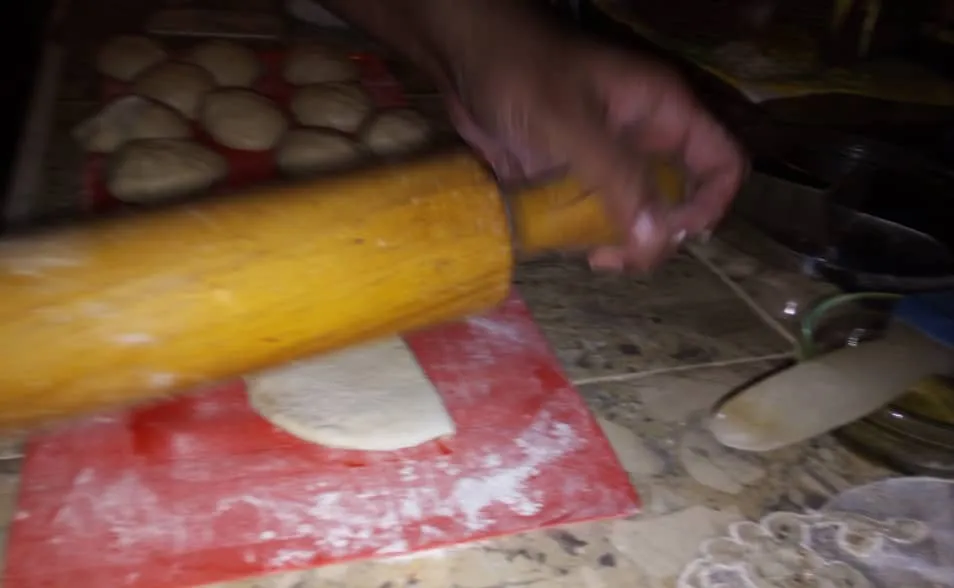

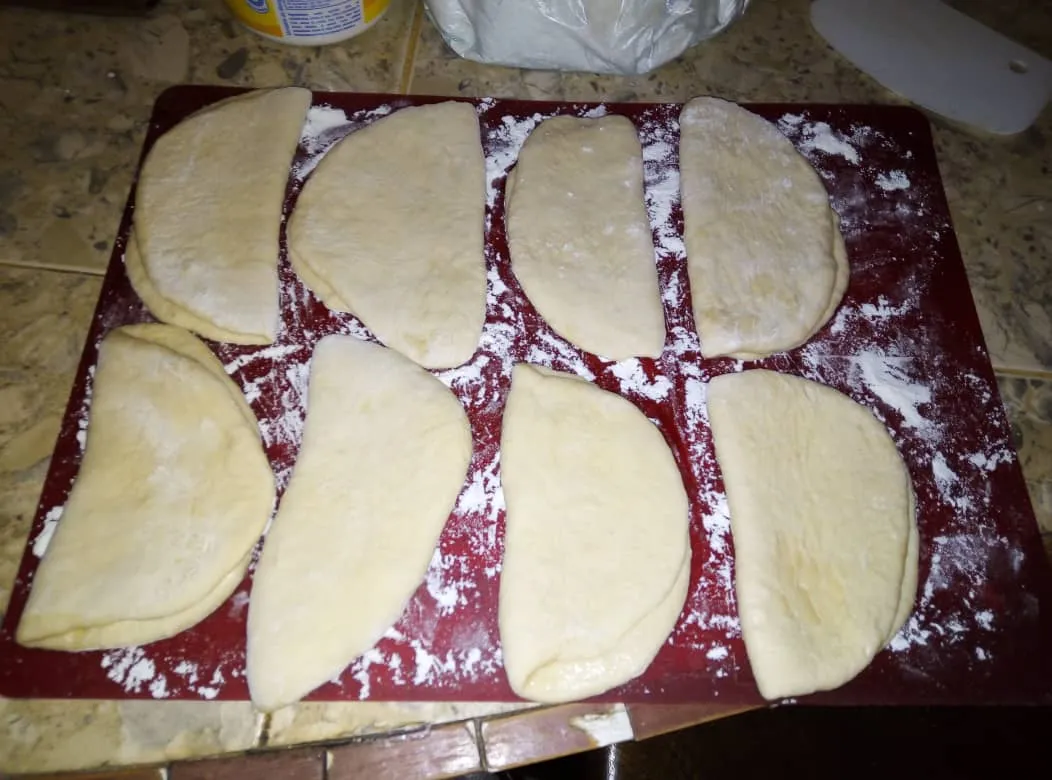

Paso 6:
Una vez que se termina de estirar y dobla la última bolita, los primeros panes que se armaron habrán levado un poco. Ese el momento de comenzar a colocarlos en cesta vaporera, que luego llevaremos al fuego.
Step 6:
Once you finish stretching and folding the last little ball, the first loaves of bread that were made will have risen a little. This is the moment to start placing them in the steamer basket, which we will then take to the fire.



Paso 7:
Antes de seguir con la explicación, les comento, que en casa tenemos una cesta vaporera de bambú que utilizamos para preparar Gyozas que es otro plato de origen asiático, muy rico también por cierto. Esa es la que se usa tradicionalmente, para preparar los panes Bao, en una especie de Baño de María, para ello debemos colocar una olla con agua a calentar con antelación, para que este hirviendo cuando la necesitemos.
Step 7:
Before continuing with the explanation, I comment, that at home we have a bamboo steamer basket that we use to prepare Gyozas which is another dish of Asian origin, very rich too by the way. This is traditionally used to prepare Bao breads in a kind of Bain Marie. To do this, we must place a pot of water to be heated in advance so that it can be boiled when we need it.

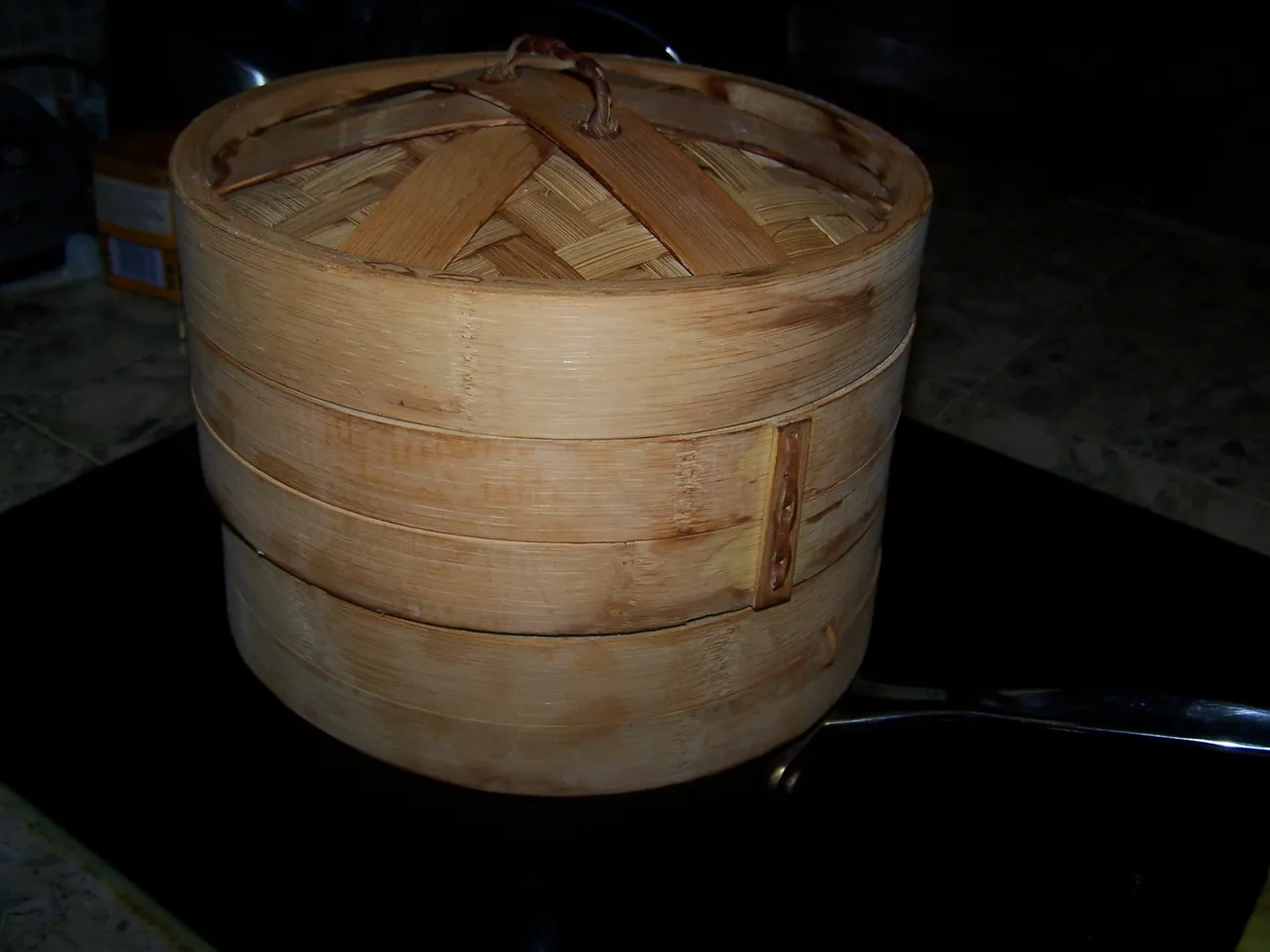

Paso 8:
Ahora si seguimos, toca colocar los panes Bao en las cestas, en nuestro caso, la cesta tiene dos niveles, y en cada nivel entran dos panes, así que, cocinamos en lotes de cuatro panes. Deben estar pendientes de barnizar con un poco de aceite el fondo de la cesta antes de poner el pan aun crudo, para que no se pegue.
Step 8:
Now if we continue, it is time to place the Bao breads in the baskets. In our case, the basket has two levels, and two breads enter each level, so we cook in batches of four breads. The bottom of the basket should be varnished with a little oil before placing the bread, even if it is raw, so that it doesn't stick.

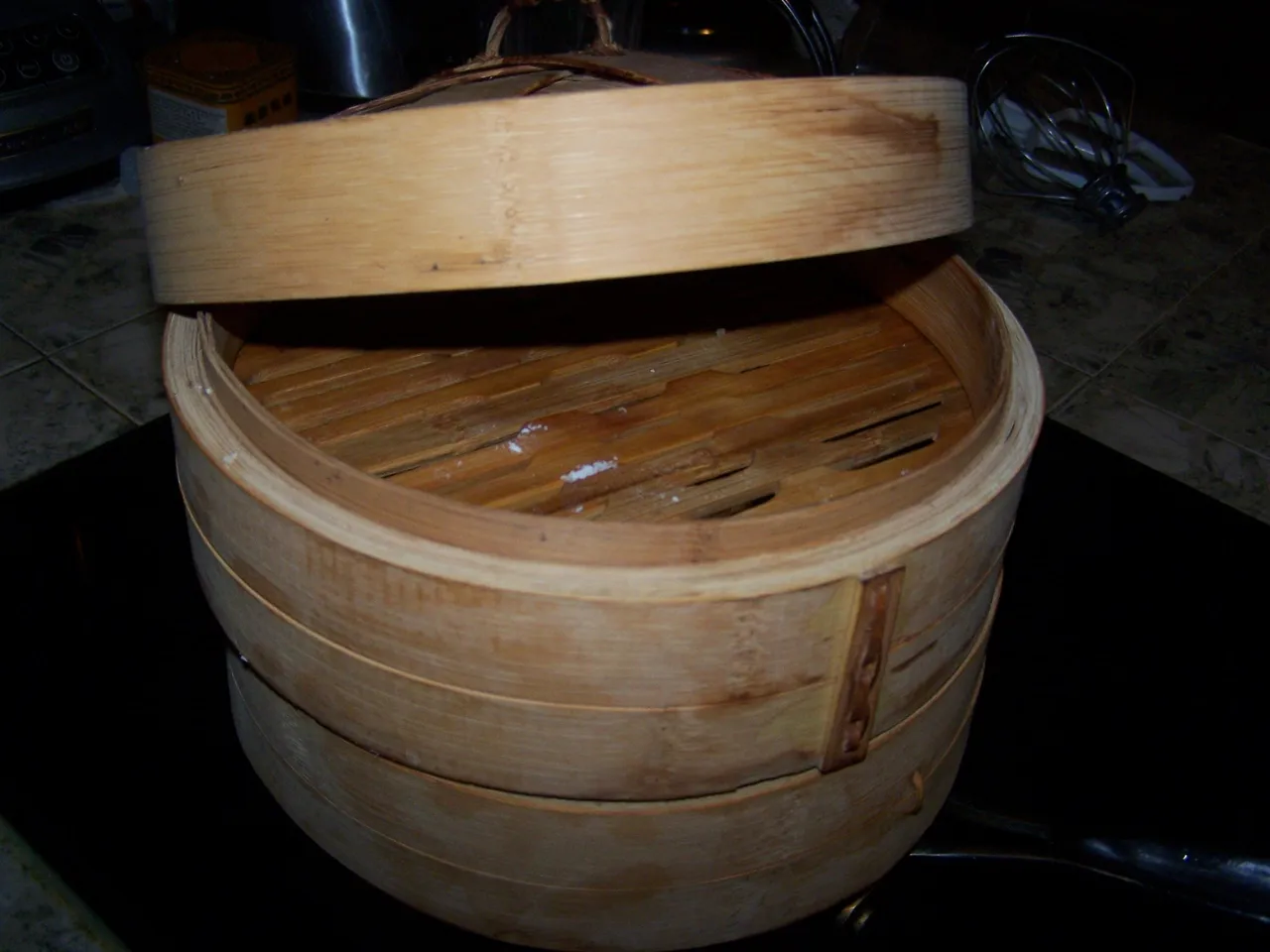

Paso 9:
Después de colocados los panes en la cesta vaporera, las colocamos encima de la olla que ya habíamos previamente puesto a hervir. Pasados, aproximadamente unos 10 min retiras con mucho cuidado la cesta de la olla hirviendo. Se espera unos 3 min aproximadamente para abrirla y sacar los panes, que se colocan en el recipiente y se tapan con un pañito para que no se resequen.
Step 9:
After placing the breads in the steamer basket, we placed them on top of the pot that we had previously brought to a boil. After about 10 minutes, carefully remove the basket from the boiling pot. Wait about 3 minutes to open it and take out the bread, which are placed in the container and covered with a cloth to prevent them from drying out.

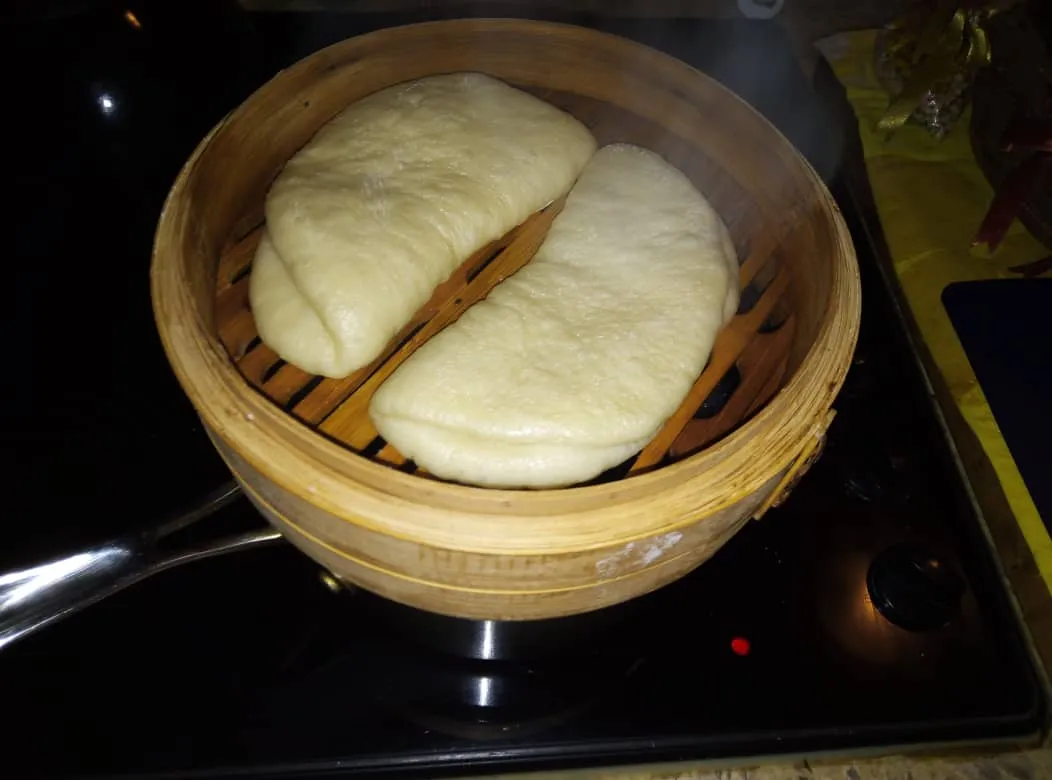

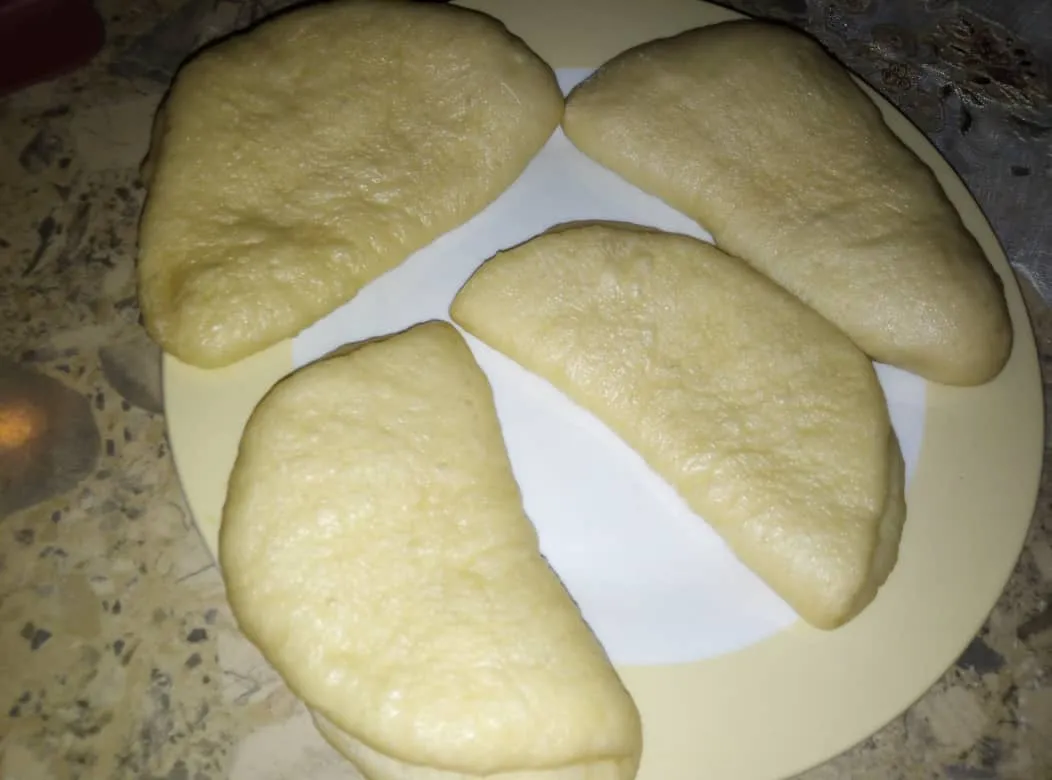

Paso 10:
Una vez que están listos te darás cuenta que el aceite que le barnizaste antes de doblarlo no permite que se pegue las dos mitades, así que los puedes abrir y rellenar, con lo que más te guste.
Step 10:
Once they are ready you will notice that the oil you varnished before folding it does not allow the two halves to stick together, so you can open them and fill them with whatever you like.

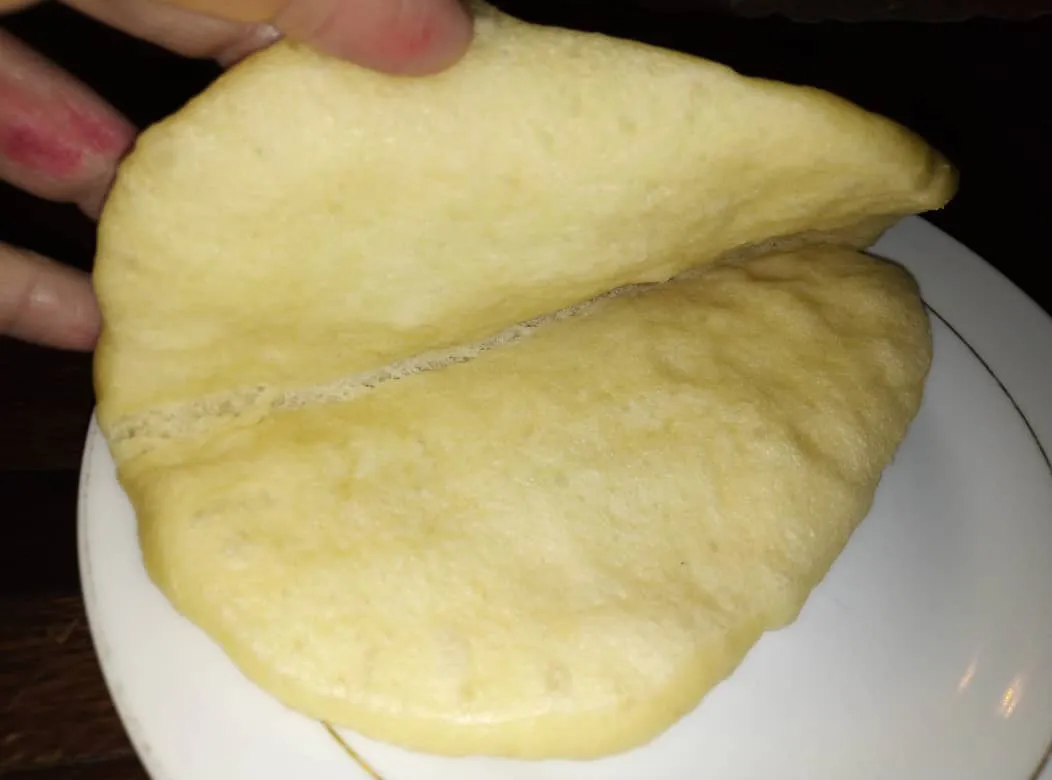

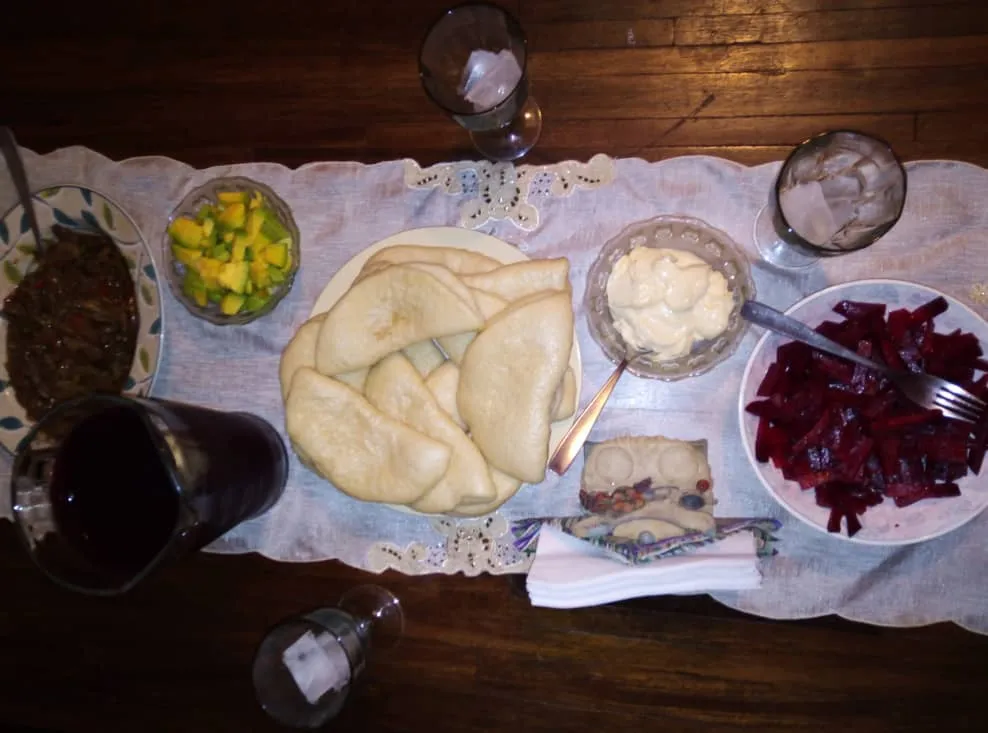

Como les comente anteriormente, nosotros los rellenamos con fajitas de carne salteadas con cebolla y pimentón. Además, sancoche unas remolachas, las pique en palitos y las sazoné con una vinagreta simple y como toque final pique aguacate y lo aderece con un poco de sal. Pero el relleno lo decides tú con lo que tengas en casa, uno muy tradicional es a base de cerdo. Bueno por ahora me despido, esperando que les gustara esta nueva receta que hoy les comparto y que la prueben en casa.
As I mentioned before, we fill them with fajitas of meat sautéed with onion and paprika. In addition, we boil some beets, chop them into sticks and season them with a simple vinaigrette and as a final touch chop avocado and season it with a little salt. But you decide the filling with what you have at home, a very traditional one is based on pork. Well, for now I say goodbye, hoping that you will like this new recipe that I share with you today and that you will try it at home.

Contenido y fotografías de mi propiedad intelectual
Información Técnica
| Cámara | * Pentax *istDL |
|---|---|
| Lente | * Pentax 18-55 |
| Iluminación | Luz Natural |
| Locación | Barcelona, Estado Anzoátegui, Venezuela |
Content and photographs of my intellectual property
Technical information
Camera * Pentax *istDL Lens * Pentax 18-55 Lighting Natural Light Location Barcelona, Anzoátegui state, Venezuela



